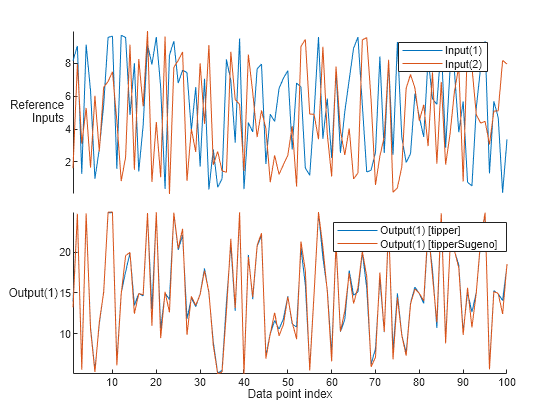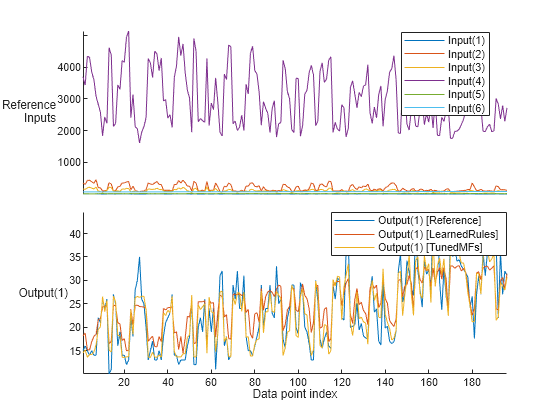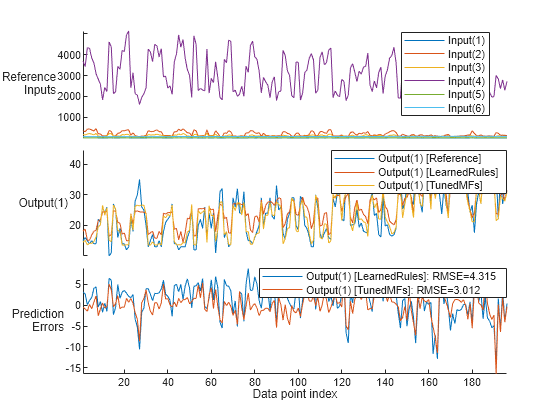comparefis
Description
Examples
Input Arguments
Name-Value Arguments
Alternative Functionality
App
You can interactively compare FIS outputs using the Fuzzy Logic Designer app. For more information, see Analyze Fuzzy System Using Fuzzy Logic Designer.
Version History
Introduced in R2024b


